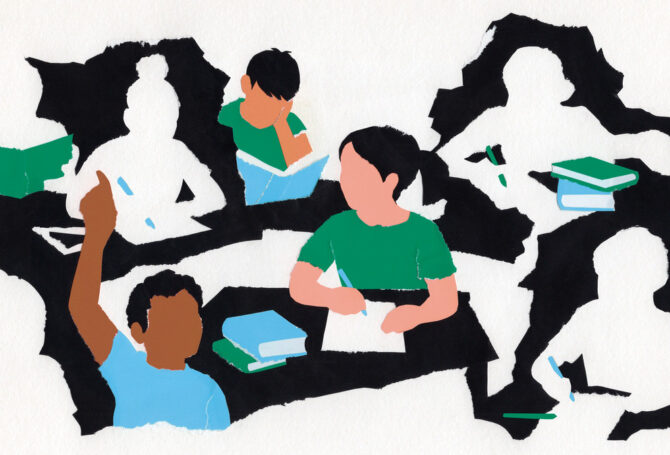
Unique Program to Produce Badly Needed Child Behavioral Health Specialists
As concerns grow over disruptive classroom behavior, chronic absenteeism and adolescent anxiety, the Ballmer Institute for Children Behavioral Health’s unique undergraduate program in Oregon is training a new cadre of specialists to identify and help struggling kids.
 “The bachelor-degree level position will work in community settings to identify struggling kids and offer brief, early interventions,” according to a Bloomberg report. “These professionals won’t replace school counselors or psychiatrists who have graduate-level degrees. But in an ideal world, brief interventions could prevent some kids from ever needing more intensive resources, freeing up people with advanced degrees to focus on students who need them most.”
“The bachelor-degree level position will work in community settings to identify struggling kids and offer brief, early interventions,” according to a Bloomberg report. “These professionals won’t replace school counselors or psychiatrists who have graduate-level degrees. But in an ideal world, brief interventions could prevent some kids from ever needing more intensive resources, freeing up people with advanced degrees to focus on students who need them most.”
The Ballmer Institute has enrolled its first undergraduate cohort of would-be child behavioral health specialists at the University of Oregon in Eugene. Students will take their final two years at the university’s new Portland campus, which is the former Concordia College site in Northeast Portland. Qualified students from Portland, Mount Hood and Lane community colleges are also eligible to transfer into the Ballmer Institute program, which has a goal of graduating 200 child behavioral health specialists annually.
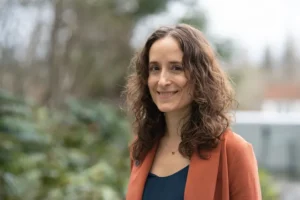 Katie McLaughlin, a clinical psychologist and the institute’s executive director, says students will receive “intensive, hands-on training on evidence-based interventions”. Students will gain on-the-ground experience working in Portland-area schools or embedded in pediatric offices, community centers and preschools. Each child behavioral health specialist student will spend 700 hours in school settings as part of their training, according to McLaughlin.
Katie McLaughlin, a clinical psychologist and the institute’s executive director, says students will receive “intensive, hands-on training on evidence-based interventions”. Students will gain on-the-ground experience working in Portland-area schools or embedded in pediatric offices, community centers and preschools. Each child behavioral health specialist student will spend 700 hours in school settings as part of their training, according to McLaughlin.
“When they graduate with a first-of-its-kind undergraduate degree in 2026,” McLaughlin told The Oregonian, “they’ll be prepared to work in schools or other pediatric settings as child behavioral specialists, a field that’s in desperate need of more practitioners.”
“Typically in mental health fields, once you graduate college, you spend a lot of money to get a master’s degree or spend your twenties in a Ph.D. program to be ready to enter the workforce and deliver services,” McLaughlin said. “We’re not going to solve the workforce shortage with those kinds of models. We simply don’t have enough providers who have been trained to deliver behavioral health supports to children and adolescents.”
“Because of workforce shortages, what you see right now is that most of the services get concentrated on the more severe end of the continuum,” McLaughlin added.
“We simply don’t have enough providers trained to deliver
behavioral health supports to children and adolescents”
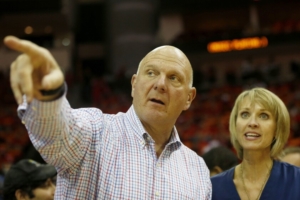 Balmer Institute Background
Balmer Institute Background
McLaughlin left a position as a visiting scholar at Harvard University to lead the Ballmer Institute. She holds a joint Ph.D. in clinical psychology and chronic disease epidemiology from Yale University. Her research examines how adverse environmental experiences shape emotional, cognitive and neurobiological development throughout childhood and adolescence. Her work seeks to understand how stress, trauma and social disadvantage in childhood alter developmental processes and to identify effective interventions.
The Ballmer Institute began in 2022 with a $425 million donation from Connie and Steve Ballmer. Connie Ballmer is a University of Oregon graduate and Steve Balmer was the former CEO of Microsoft.
Child Behavioral Health Specialist Training
In an interview with Julia Silverman of The Oregonian, McLaughlin offered details on how child behavioral health specialists will be trained and ultimately licensed.
“Students will be trained in universal screenings and other types of strategies to equitably identify behavioral concerns, ideally when they first begin to emerge, when kids may be more amenable to brief, early interventions. Trainees might go on to participate in follow-up meetings with such students, one-on-one or in small groups.
“Undergraduates will also get to help lead classroom-wide lessons, in universal topics like how to manage stress, how to identify and understand big emotions and calibrate your response to them and how to relate to peers.

“In-school trainings will focus on identifying and intervening with students who may be in the early stages of struggles with anxiety, depression and anger – not severe enough to trigger alarm bells but significant enough that if left unaddressed, it could derail a student and by extension, their classmates, friends and family.”
McLaughlin said the institute’s faculty will be informed by integrating into local schools. “They will be learning about the existing behavioral health services and sorting out how we can be most effective in expanding access to behavioral health services within each of the schools, So before we bring students into these settings, we’re bringing our clinical faculty experts into these settings to learn and listen to feedback from the school.”
McLaughlin added, “Our goal is that before our first student graduates, we’ve established a licensure pathway.”
Training for Teachers
The Ballmer Institute also offers a graduate-level certification for K-12 educators on child behavioral health. Educators from 15 Oregon school districts participated in the inaugural offering at no cost.
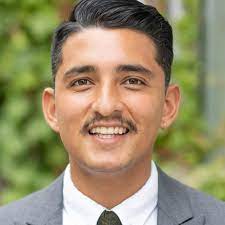 Courses focused on student self-regulation, trauma-informed teaching and maintaining healthy relationships, Adrian Calderon, a counselor at Lane Middle School in Southeast Portland, told The Oregonian. Studying with Ballmer’s faculty helped him learn not only how to help students regulate their behavior but how to better model his own reactions under stress, Calderon said.
Courses focused on student self-regulation, trauma-informed teaching and maintaining healthy relationships, Adrian Calderon, a counselor at Lane Middle School in Southeast Portland, told The Oregonian. Studying with Ballmer’s faculty helped him learn not only how to help students regulate their behavior but how to better model his own reactions under stress, Calderon said.
“[Educators] need to understand, we are not saviors. We can’t save a student from poverty, from its concerns and preoccupations,” Calderon explained. “But we can show up and be human and not take things personally. I learned you can show your students that you can handle adversity by choosing not to react in the way that they are expecting you to.”
“If we want to be a national model, we will have
to demonstrate that what we are doing is effective.”
Potential Model Program
McLaughlin expresses hope the institute’s undergraduate model will spark a national trend for similar college majors, She also hopes interventions by newly minted child behavioral specialists will make a meaningful difference for partner school districts.
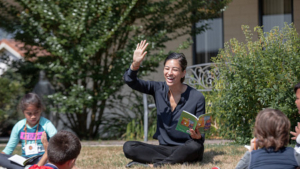 “Our hope is that our graduates will have job opportunities not just in Oregon, but anywhere in the country,” McLaughlin said. “If we want to be a national model, we will have to demonstrate that what we are doing is effective. With every interaction our students and clinical faculty have with kids in the community, we will be collecting data to understand how interventions that we’re delivering are improving behavioral health outcomes.”
“Our hope is that our graduates will have job opportunities not just in Oregon, but anywhere in the country,” McLaughlin said. “If we want to be a national model, we will have to demonstrate that what we are doing is effective. With every interaction our students and clinical faculty have with kids in the community, we will be collecting data to understand how interventions that we’re delivering are improving behavioral health outcomes.”
Bloomberg opinion columnist Lisa Jarvis said, “So the model is sound, but the experiment in Oregon still has plenty to prove. McLaughlin will need to produce robust data that her students are having a positive impact on children, and that evidence shouldn’t take long to college as the first cohort heads into classrooms next fall.”
That data will come directly from children, parents, school officials and pediatricians who interact with Balmer Institute students using an iPad to provide feedback enabling quick assessments of satisfaction and evidence of improved child mental health.




